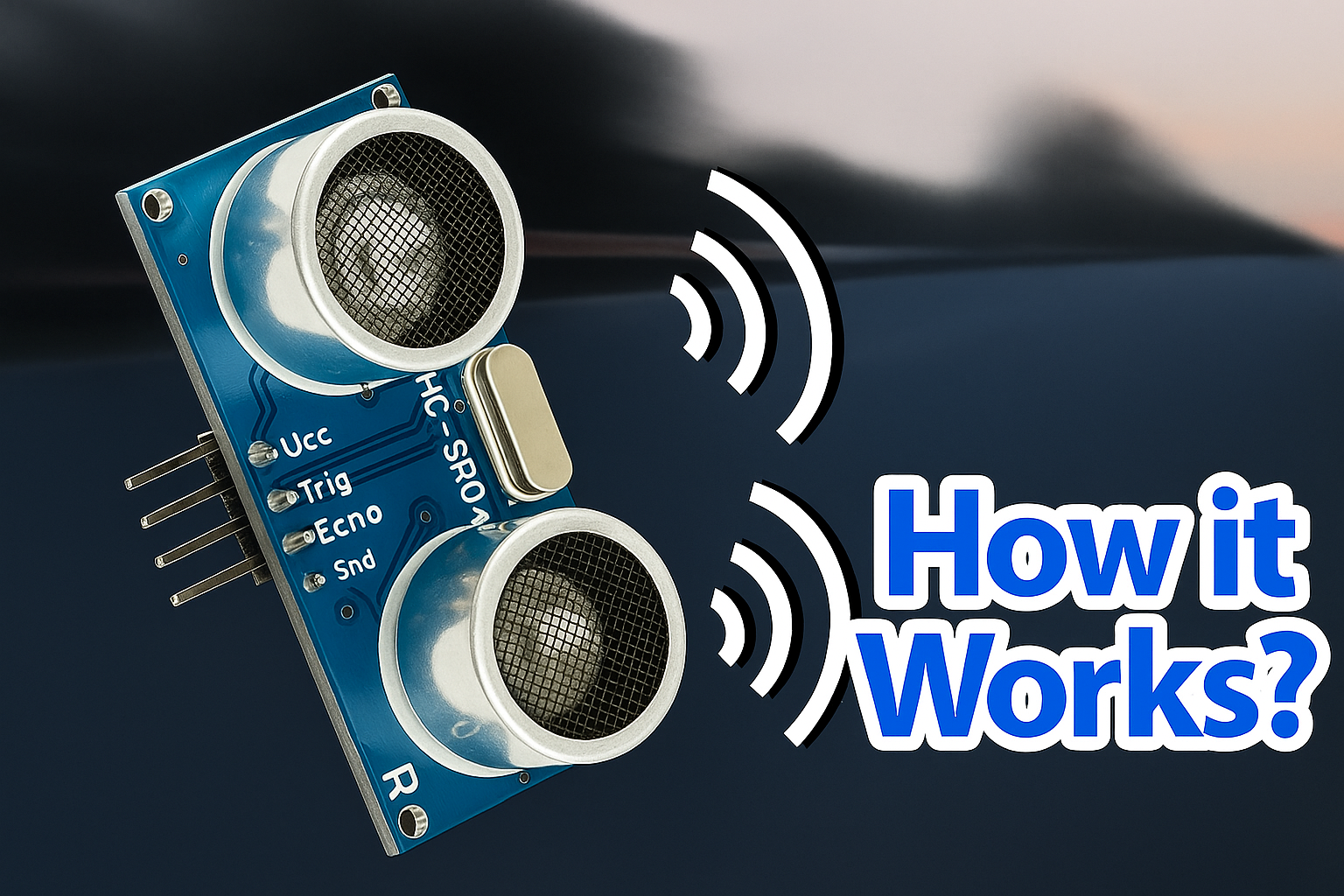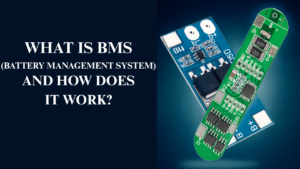In the fast-paced world of DIY electronics, one tiny sensor continues to impress both beginners and seasoned engineers alike — the ultrasonic sensor. Known for its precision, affordability, and versatility, it’s a go-to choice for projects ranging from obstacle-avoiding robots to industrial liquid level monitors.
Today, let’s dive deep into how these smart sensors operate, why they’re so dependable, and where you can integrate them in your next innovation.
📡 Understanding Ultrasonic Sensors
At its core, an ultrasonic sensor uses high-frequency sound waves, far beyond what our ears can detect. These ultrasonic waves move through the air, hit a nearby object, and reflect back toward the sensor. By measuring how long this echo takes to return, the sensor instantly calculates the distance to the object.
A popular favorite among DIY enthusiasts is the HC-SR04 ultrasonic module. This module includes:
- Trigger Pin (Trig): Sends out the sound wave.
- Echo Pin: Receives the returning wave.
- VCC & GND: Power connections.
📏 The Science Behind It: How Does It Work?
Here’s a breakdown of its simple yet clever working principle:
- The sensor emits a burst of ultrasonic pulses at around 40kHz.
- These pulses propagate through the air and reflect back when they come in contact with a surface.
- The sensor listens for the returning echo.
- The onboard controller tracks the duration from pulse emission to echo detection.
- Using the speed of sound (343 m/s), it converts this time into a distance.
Formula:
Distance = (Speed of Sound × Time) / 2The measured value is divided by 2 to compensate for the sound pulse’s journey to the object and its return.
📊 Quick Specs Snapshot
Check out what the HC-SR04 ultrasonic sensor typically offers:
- Operating Voltage: 5V DC
- Current Draw: ≈15mA
- Range: 2cm to 400cm
- Accuracy: ±0.3cm
- Beam Angle: 15°
- Output Signal: Positive TTL pulse
You’ll find quality ultrasonic sensors and supporting components at electricalbro.in — your trusted electronics component store.
📖 What’s Happening Internally? (Timing Breakdown)
Here’s the sequence when an ultrasonic sensor runs:
- A brief 10-microsecond HIGH pulse is triggered on the Trig pin to kick off the measurement cycle.
- The sensor emits eight 40kHz sound waves.
- It keeps track of the Echo pin, watching for it to go HIGH once the returning sound wave is detected.
- The onboard timer records the duration.
- Once Echo drops LOW, the timing stops.
- The microcontroller calculates the distance based on the delay.
🔌 Hooking It Up: Ultrasonic Sensor with Arduino
Components:
- Arduino UNO
- HC-SR04 ultrasonic sensor
- Jumper wires
- Breadboard (optional)
Wiring:
- VCC → 5V
- GND → GND
- Trig → D3
- Echo → D2
Sample Code:
#define echoPin 2
#define trigPin 3
long duration;
int distance;
void setup() {
pinMode(trigPin, OUTPUT);
pinMode(echoPin, INPUT);
Serial.begin(9600);
}
void loop() {
digitalWrite(trigPin, LOW);
delayMicroseconds(2);
digitalWrite(trigPin, HIGH);
delayMicroseconds(10);
digitalWrite(trigPin, LOW);
duration = pulseIn(echoPin, HIGH);
distance = duration*0.034/2;
Serial.print("Distance: ");
Serial.print(distance);
Serial.println(" cm");
}Open your Serial Monitor to watch real-time distance values appear.
🛠️ Where Ultrasonic Sensors Are Used
These compact sensors are found everywhere — from home projects to professional equipment:
- 🚗 Obstacle-avoiding robots (line followers, auto cars)
- 🌊 Water level monitoring systems
- 📏 Digital distance measuring tools
- 🖥️ Object mapping with rotating servo scanners
- 🛑 Industrial automation for conveyor detection
- 🏠 Motion-triggered home security systems
And for any of these, electricalbro.in has your back with compatible sensors, microcontrollers, and accessories in stock.
📞 Want More Info or a Demo?
Reach out today — we’re here to assist with product details, pricing, and setup guides:
Website : electricalbro.in
📱 Phone: 8130231489📧 Email: support@electricalbro.in
Let’s make our water bodies cleaner, one smart boat at a time.
🎥 Follow & Learn More
Subscribe to our YouTube channel for hands-on projects, coding tutorials, and hardware experiments. Stay creative and keep building!



